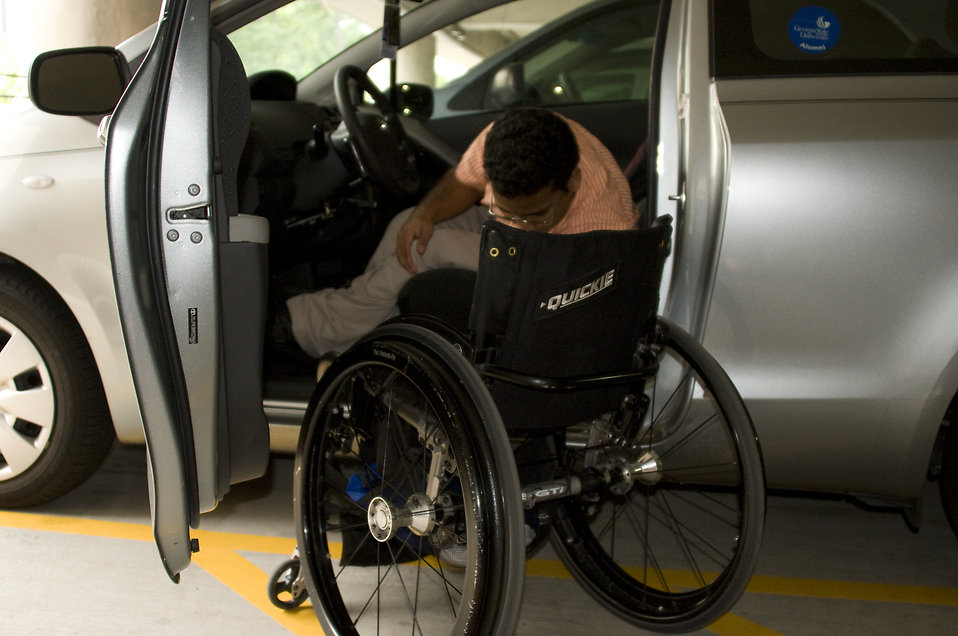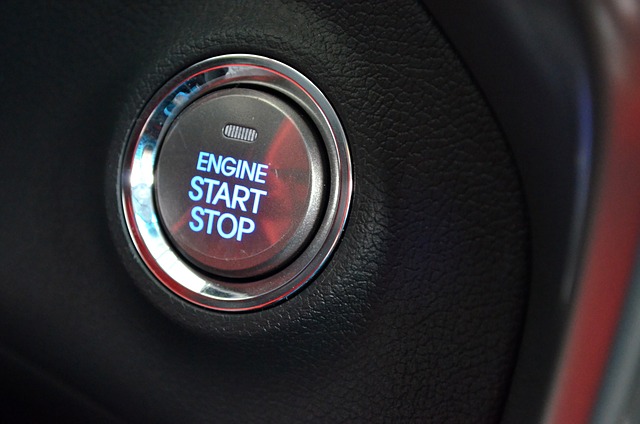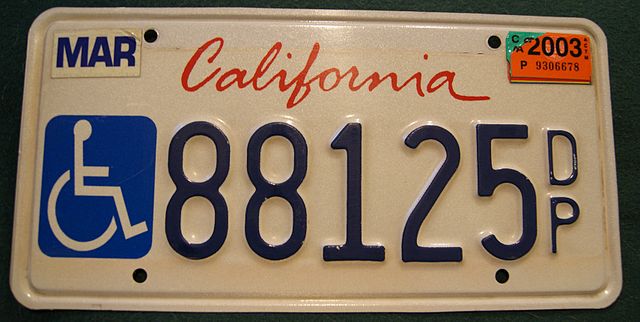Even without a disability, many people find the road difficult to cope with. It’s far from an overstatement to say that the challenges ahead of those with disabilities wanting to drive or even to be transported are considerable. But that doesn’t mean that they’re insurmountable. There are a lot of resources that can help you get from place-to-place, as well as plenty of options to make your vehicles of choice a lot more accessible. Here, we’ll look at some of the challenges, restrictions, and requirements that people with a disability need to consider when they want on the road.
Getting provided for
If you’re a driver who has suffered a disability, then the services you use are going to change from here-on out. The first step to making sure that you’re fit for the road is understanding that it might be in your best interests to go for providers that are specifically suited to drivers with a disability. For instance, there are plenty of car loan and insurance providers that specialize in providing better deals for disabled drivers. A driver who has lost the use of one of their limbs might also have to consider rehabilitation training that can help them relearn driving since their old methods will no longer be viable.

Getting your license
The first time you get on the road with a disability, you’re going to need to earn your license, of course. But before that, it’s highly recommended that you get an appointment with a driver assessment specialist. When applying for your license, you’re going to need a comprehensive list of your limitations and an assessment can help you figure those out. You might also want to consider a specialist driving instructor who is more suited to helping you prepare for the test than the average. Beyond ensuring that you’re fit to drive, getting a license might also require that you make some specific adaptations to your car. That’s what we’re going to look at next.

Behind the wheel
The auto industry has long been making moves to accommodate their disabled customers and today there’s more technology available than ever to make driving an available option to more people. Some of the modifications you might be expected to make include sticking to automatic transmission vehicles instead of manual. But there are further options available for those who have lost the use of one or more limb, including hands-only controls for acceleration and brakes instead of pedals. When buying a car, make sure that it can fit those accommodations. Shop around and make sure that you find not only reputable buyers but mechanics that are used to dealing with these extra functionalities. You can’t tolerate any inconsistency or unreliability in your car’s accommodations. That would put you at great risk when driving.
Accessing transportation
If you’re in a wheelchair or you’re providing transportation to someone in a wheelchair, then making the vehicle accessible is going to be your foremost concern. For one, you need to consider the space that a vehicle has to offer. Instead of trying to adapt a regular minivan, you should instead look at specialized lowered floor minivans built specifically with wheelchair users in mind. Many of these vehicles also come with easily engaged ramps or elevators that make the step of getting inside the vehicle much easier, too. Vans with Step-and-Roll seating also makes it a lot easier to adjust the driver and front passenger seat that make it much easier to flexibly move seating to allow wheelchair users access to any part of the car.

Getting registered and knowing your rights
Making sure that you’re fit for the roads is the most important step, but it’s not the only one. For one, beyond getting their license, drivers with a disability are also going to need to register their status with the DMV. Different states have different provisions, but all of them offer disabled plates and placards that give you access to disabled parking spaces. These parking spaces are often placed in the most convenient locations when trying to access public or retail buildings. In many states, disability plates cost no more than regular license plates, too. The law makes few provisions for disabled drivers, so it’s important to know road safety laws, such as the need for totally effective controls, headlights, and brake lights.
Keeping the car convenient
Choosing a car when driving with a disability is primarily about making sure the car can fit your accessibility needs. But you also want to consider cars that reduce your physical strain. If your energy is limited, the last thing you want to do is deal with roll-up windows and heavy sliding doors. Keyless or dashboard ignition, automatic locks, and cruise control can all make driving and operating the car much more convenient. You should also consider choosing cars for how much TLC they need. For instance, choose a more energy efficient car so you have to make fewer trips to the fuel pumps which might require some time and effort to use.

Coping with those costs
Car ownership isn’t cheap and many disabled drivers are even more concerned with costs because of the extra additions they often have to make to their vehicles. However, there are organizations and schemes that can help make your life on the road much more affordable. Many organizations providing help for drivers in certain states also contain comprehensive lists of different financial assistant funds on offer for people living with those conditions. There are organizations like the UATP that can offer assistance towards the purchase or lease of a van, or towards modifications you need to make to the vehicle, or even just the monthly costs of owning a vehicle.
If you’re a driver who has suffered a disability or you’re considering options for someone you know with a disability, hopefully, the points above highlight some of your options. It’s more than possible to make life on the road a lot easier if you find the right help and providers.




